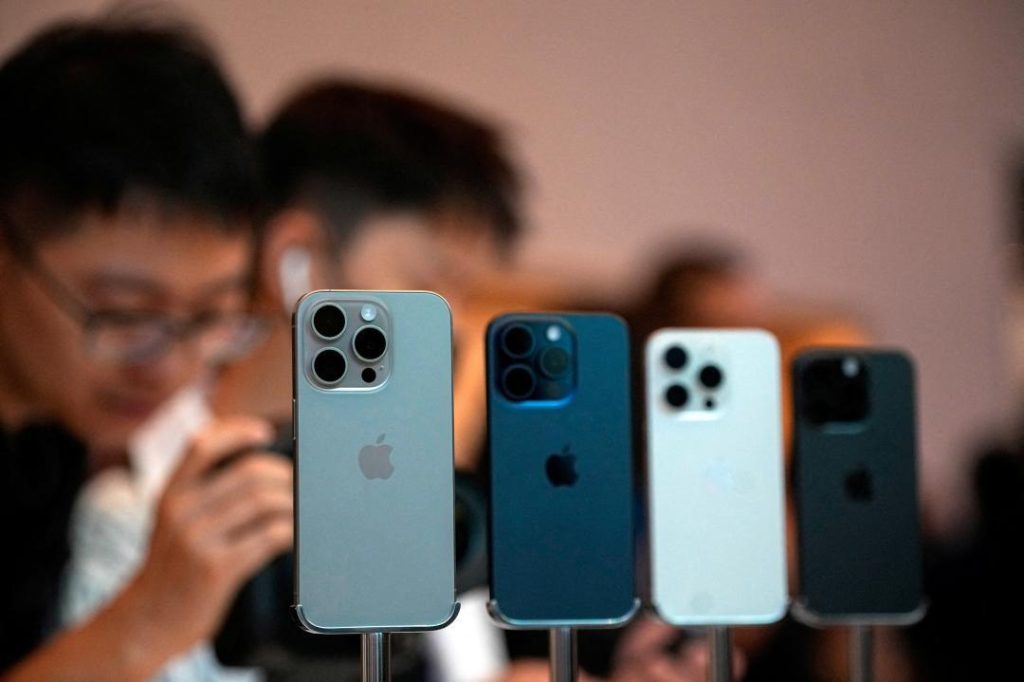
How Much Does it Cost to Make an iPhone? And How May it Change Due to US Tariffs?
Apple is one of the most successful and profitable companies in the world, with a brand that is synonymous with high-quality products. The iPhone, in particular, is one of the most iconic and sought-after smartphones globally. But have you ever wondered how much it costs Apple to manufacture an iPhone? The answer may surprise you.
According to a recent article by Moneycontrol, Apple spends around $580 (over ₹50,000) to make a 256GB iPhone 16 Pro. This cost includes a significant amount of money spent on various components, such as the A18 Pro chip, rear camera systems, and display.
Let’s break down the costs:
- A18 Pro Chip: $90.85
- Rear Camera Systems: $126.95
- Display: $37.97
These costs may seem high, but they are a small fraction of the total cost of manufacturing an iPhone. Other components, such as memory, storage, and batteries, also contribute to the overall cost. Additionally, labor costs, research and development expenses, and marketing and distribution costs are also factored into the final price of the iPhone.
So, what happens when the US government imposes tariffs on Chinese imports, including those used in the manufacturing of iPhones? The impact could be significant.
US Tariffs and the iPhone
The US imposed a 25% tariff on Chinese imports worth $50 billion in July 2018. This move was part of a broader trade dispute between the US and China. In August 2019, the US increased the tariffs to 30% on $250 billion worth of Chinese imports. The tariffs apply to a wide range of Chinese goods, including electronics, machinery, and textiles.
As many iPhones are assembled in China, the 54% tariffs would apply to the entire manufacturing cost of the iPhone. This means that the cost of manufacturing an iPhone would increase by approximately $267 (around ₹23,000) to $847 (around ₹73,400).
This increase in cost would have a ripple effect on the entire iPhone ecosystem. Apple would likely need to increase the price of the iPhone to maintain its profit margins. This could lead to a decrease in demand, which could have a significant impact on Apple’s sales and revenue.
Impact on Consumers and Apple’s Competitors
The increase in cost due to tariffs would likely have a significant impact on consumers. The higher price of iPhones could lead to a decrease in demand, which could affect Apple’s sales and revenue. This, in turn, could lead to a decrease in the value of Apple’s stock.
Apple’s competitors, such as Samsung and Huawei, may also be impacted by the tariffs. These companies also manufacture their smartphones in China and may face similar cost increases due to the tariffs. This could give Apple an advantage in the market, as it may be able to maintain its pricing strategy while its competitors are forced to increase their prices.
Conclusion
The cost of manufacturing an iPhone is a complex and multifaceted issue. The tariffs imposed by the US government on Chinese imports could have a significant impact on the cost of manufacturing an iPhone. Apple would likely need to increase the price of the iPhone to maintain its profit margins, which could lead to a decrease in demand and affect its sales and revenue.
As the trade dispute between the US and China continues to unfold, it will be interesting to see how Apple and its competitors adapt to the changing landscape. One thing is certain, however – the cost of manufacturing an iPhone is about to get a lot more expensive.
News Source:






